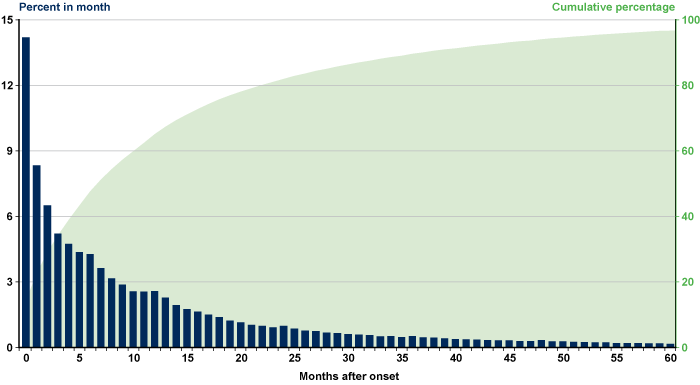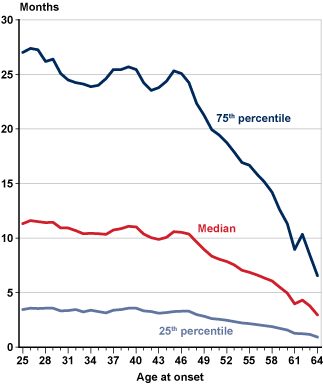Social Security Ruling 19-4p on the evaluation of headaches in determining disability will appear in the Federal Register on Monday. You can read it today. Here is what appears to me to be the key language from the Ruling:
Primary headache disorder is not a listed impairment in the Listing of Impairments (listings); however, we may find that a primary headache disorder, alone or in combination with another impairment(s), medically equals a listing. Epilepsy (listing 11.02) is the most closely analogous listed impairment for an MDI [Medically Determinable Impairment] of a primary headache disorder. While uncommon, a person with a primary headache disorder may exhibit equivalent signs and limitations to those detailed in listing 11.02 (paragraph B or D for dyscognitive seizures), and we may find that his or her MDI(s) medically equals the listing or in combination with another impairment(s), medically equals a listing.
Epilepsy (listing 11.02) is the most closely analogous listed impairment for an MDI of a primary headache disorder. While uncommon, a person with a primary headache disorder may exhibit equivalent signs and limitations to those detailed in listing 11.02 (paragraph B or D for dyscognitive seizures), and we may find that his or her MDI(s) medically equals the listing.
Paragraph B of listing 11.02 requires dyscognitive seizures occurring at least once a week for at least 3 consecutive months despite adherence to prescribed treatment. To evaluate whether a primary headache disorder is equal in severity and duration to the criteria in 11.02B, we consider: a detailed description from an AMS [Acceptable Medical Source] of a typical headache event, including all associated phenomena (for example, premonitory symptoms, aura, duration, intensity, and accompanying symptoms); the frequency of headache events; adherence to prescribed treatment; side effects of treatment (for example, many medications used for treating a primary headache disorder can produce drowsiness, confusion, or inattention); and limitations in functioning that may be associated with the primary headache disorder or effects of its treatment, such as interference with activity during the day (for example, the need for a darkened and quiet room, having to lie down without moving, a sleep disturbance that affects daytime activities, or other related needs and limitations).
Paragraph D of listing 11.02 requires dyscognitive seizures occurring at least once every 2 weeks for at least 3 consecutive months despite adherence to prescribed treatment, and marked limitation in one area of functioning. To evaluate whether a primary headache disorder is equal in severity and duration to the criteria in 11.02D, we consider the same factors we consider for 11.02B and we also consider whether the overall effects of the primary headache disorder on functioning results in marked limitation in: physical functioning; understanding, remembering, or applying information; interacting with others; concentrating, persisting, or maintaining pace; or adapting or managing oneself.



